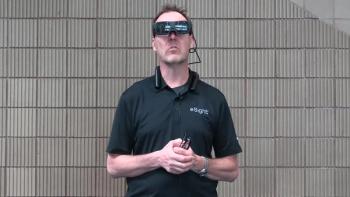
Ophthalmology Times® talked with Roland Mattern, Director of Sales and Marketing for eSight and eSight User Gary Foster at this year's ARVO meeting about eSight Go, the new model of smart glasses for low vision enhancement

According to data presented at the Association for Research in Vision and Ophthalmology Annual Meeting in New Orleans, post-hoc analysis from the GATHER trials, for the first time, signals that reduced rate of vision loss in patients receiving avacincaptad pegol was correlated with reduced geographic atrophy (GA) growth.

Ophthalmology Times® talked with Roland Mattern, Director of Sales and Marketing for eSight and eSight User Gary Foster at this year's ARVO meeting about eSight Go, the new model of smart glasses for low vision enhancement

The company said this week it plans to open the trial for enrollment this quarter and expects topline results by the third quarter of 2024.

The clearance of the Investigational New Drug Application will allow the company to initiate Phase 2 trials of the drug for the treatment of geographic atrophy (GA) secondary to age-related macular degeneration (AMD).

A research team made up of scientists from a trio of European universities and led by a Northumbria University academic, has received funding to research age-related macular degeneration.

The company could also consider partnerships or licensing agreements for some drugs of its ophthalmology pipeline, including pegcetacoplan.

GAL-101 is a Phase 2/3-ready small molecule used to treat ophthalmic indications with high unmet medical need.

The study of UBX1325 is in patients with wet age-related macular degeneration (AMD) who were not achieving optimum benefit with their ongoing anti-VEGF therapy.

The various aspects of home monitoring for patients with age-related macular degeneration are discussed in this point/counterpoint by Prof. Rufino Silva, University of Coimbra / Coimbra Hospital and University Centre, Portugal, and Univ.-Prof. Dr. med. Robert P. Finger, PhD, Department of Ophthalmology, University of Bonn, Germany, during the 14th annual Congress on Controversies in Ophthalmology in Lisbon, Portugal

Antonio Campos, MD, PhD, discusses his position on a discussion titled Durability Associated with Multi-target Therapies is Superior to anti-VEGF Mono-target Therapy in AMD with David Hutton, Executive Editor, Ophthalmology Times.®
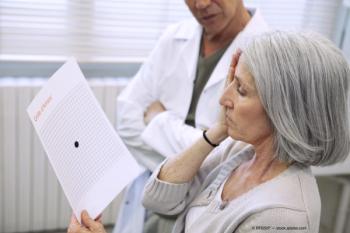
PBM treatment showed a statistically significant slowing of disease progression in patients with early to intermediate dry AMD.

Cognition plans to initiate the Phase 2 MAGNIFY trial of its oral drug candidate, CT1812 in 2023 in individuals with dry AMD who have measurable GA.

The Alteogen Inc. subsidiary company provided an update on its ALT-L9 biosimilar to compete with EYLEA
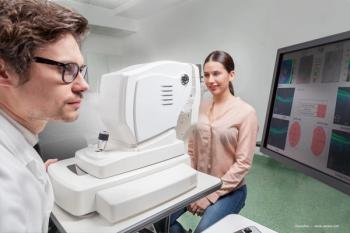
Data shows the Notal Vision Home OCT device can be used to manage wet age-related macular degeneration (AMD).

According to Regeneron, the BLA is supported by two pivotal trials demonstrating non-inferior vision gains to aflibercept injection, with a majority of patients maintaining extended dosing regimens through 48 weeks.
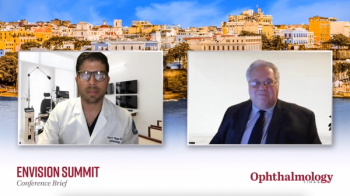
During the EnVision Summit Ophthalmology in Puerto Rico, Victor Villegas, MD, made a presentation titled "From a Retina Perspective: Comanagement of AMD, DME and CME in the Setting of Cataract Surgery," focusing on how to comanage patients that have macular degeneration, diabetic maculopathy and cystoid macular edema.
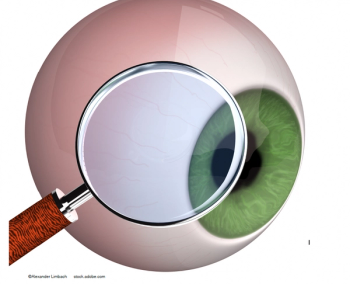
The survey addressed topics that would facilitate a better understanding of the awareness of retina specialists regarding this relative new form of treatment in ophthalmology.

The company noted that all OTX-TKI treated subjects who were rescue-free at the Month 7 interim analysis remained rescue-free, extending the 73% rescue-free rate up to Month 10.
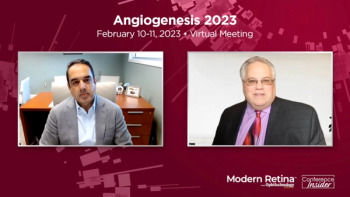
Rishi Singh, MD, presented data from the Phase 3 DERBY and OAKS clinical trials for geographic atrophy at the 2023 Angiogenesis, Exudation, and Degeneration conference.
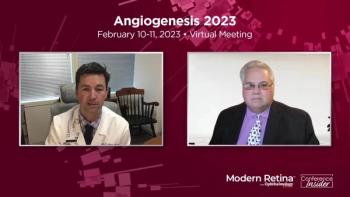
In a presentation at the Angiogenesis, Exudation, and Degeneration 2023 conference, Justis Ehlers, MD, presented "Ellipsoid Zone Integrity in Dry AMD: An Imaging Biomarker for Progression Risk and Clinical Trial Endpoint.”

In a presentation at the Angiogenesis, Exudation, and Degeneration 2023 meeting hosted by Bascom Palmer Eye Institute, Baruch Kupperman, MD, PhD, detailed research in which investigators evaluated risuteganib for safety and effectiveness in patients with dry AMD.
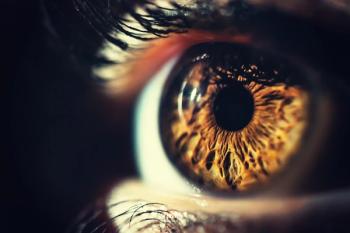
In a presentation at Bascom Palmer’s 2023 Angiogenesis, Exudation, and Degeneration conference in Miami, Pedro Lylyk, MD, said ophthalmic artery angioplasty could prove to be a treatment option for patients diagnosed with age-related macular degeneration.
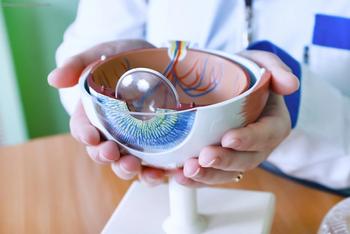
A study conducted by Gemmy Cheung, MBBS, FRCOphth and colleagues shows geographic atrophy (GA) lesion phenotypes, associated features, and growth rates differ between Asians and non-Asians.

According to investigators, the new discovery enhances our understanding of the previously unknown function of genomic regions outside the genes.

Bausch + Lomb and Modulight announce the photodynamic laser for use with photodynamic therapy was approved by the FDA for the treatment of patients with subfoveal choroidal neovascularization due to AMD.
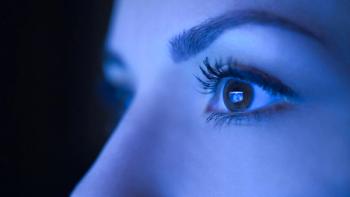
According to the company, the approval allows Eyenuk’s EyeArt AI eye screening system, already approved for detection of diabetic retinopathy, to aid millions of additional patients at risk for vision loss.